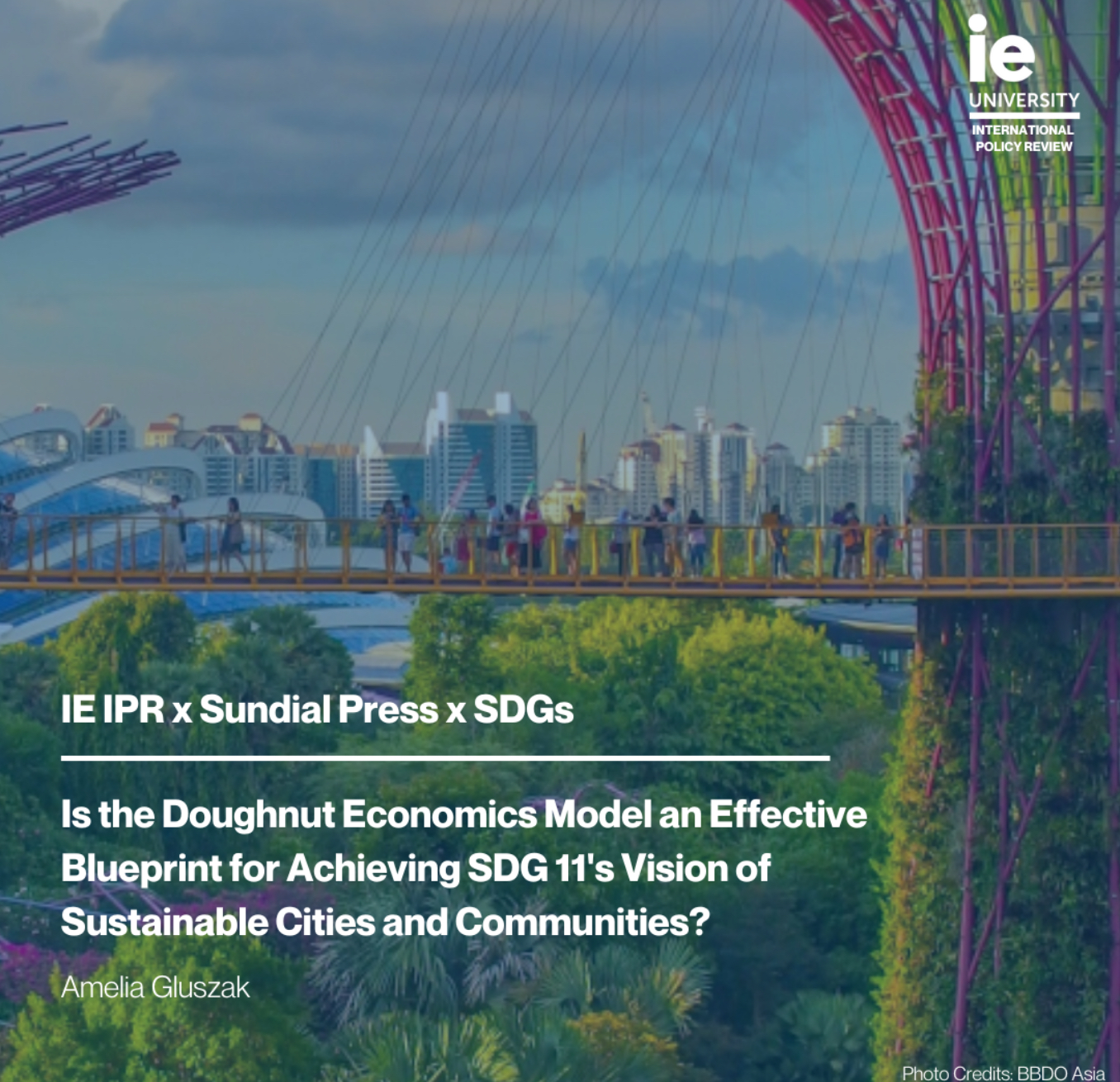
30 Jun Is the Doughnut Economics Model an Effective Blueprint for Achieving SDG 11’s Vision of Sustainable Cities and Communities? Case Study Of Amsterdam
Amelia Gluszack
Sciences Po Paris, Reims, France.
E-mail: amelia.gluszak@sciencespo.fr.
Abstract
The Doughnut Economics model has emerged as a tool for achieving sustainable development that minimises the negative environmental impact and maximises social benefits. This article explores its efficiency as a blueprint for achieving Sustainable Development Goal 11 (SDG 11), using the case study of Amsterdam’s Circular 2020-2025
Strategy. Amsterdam has integrated Doughnut Economics into its several policies to create a circular economy that minimises waste, optimises resource use and boosts social equity. The study critically assesses the effectiveness of the Strategy and identifies its benefits and drawbacks regarding SDG 11. Subsequently, it adopts an international perspective and looks at how Doughnut Economics can be implemented globally, particularly in developing countries. By evaluating the strengths, weaknesses and potential modifications to Doughnut Economics, the article contributes to the debate on sustainable urban development and discusses its practical applications across diverse contexts.
READ THE FULL ARTICLE HERE
Keywords: Sustainable Development Goal 11, Doughnut Economics, Amsterdam Circular 2020-2025 Strategy.

Sorry, the comment form is closed at this time.